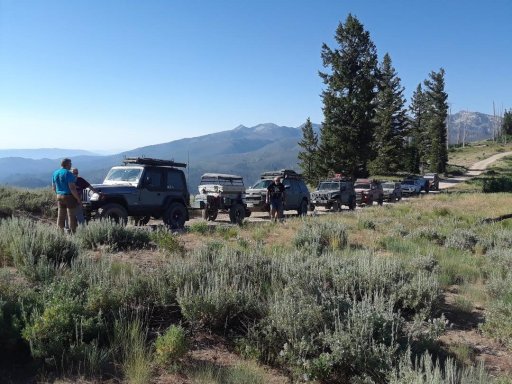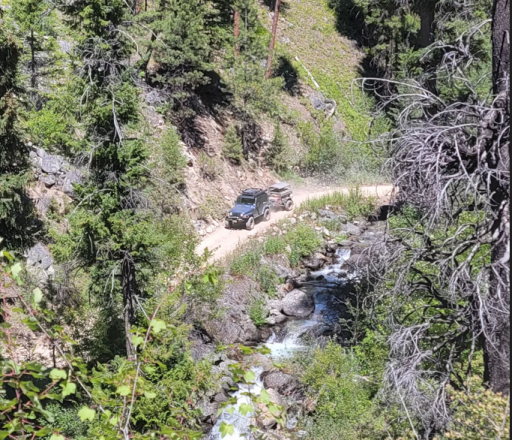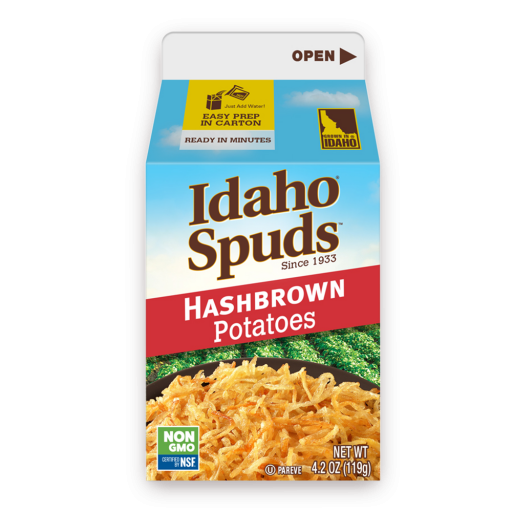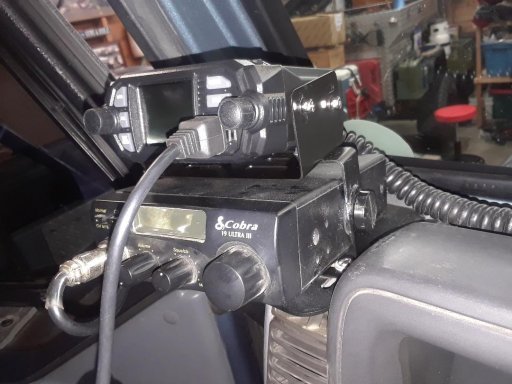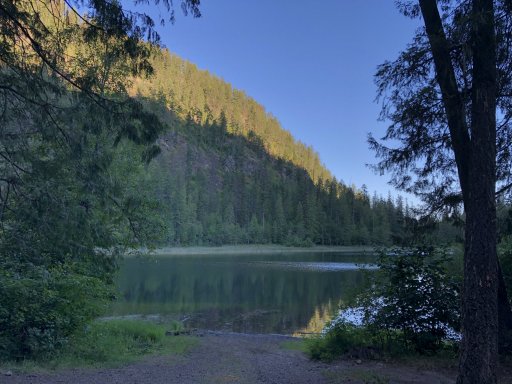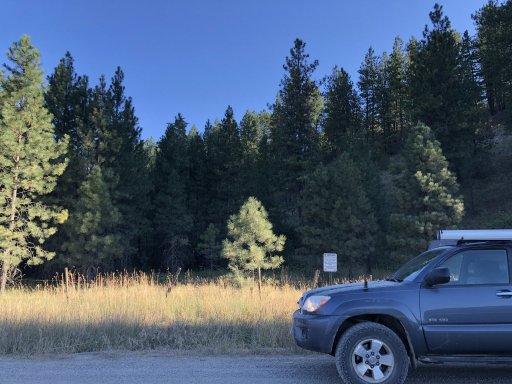To anyone thinking about setting up or organizing a trip like this, these (not-so-random thoughts) might be helpful....
1. What I usually do, is I think about a trip I'd like to take, and then decide if I want to go solo (has its own pros and cons) or organize it as a trip/Rally Point on OB. Like a lot of folks, my time is limited, so I have to squeeze the planned trip in there somewhere. I have a wife and a job too. So usually, I plan to be gone for just a week or two (maybe longer like for this IDBDR trip). So for this post, obviously I'll be talking about organizing a trip.
2. I've done enough of these kind-of trips over the last few
decades (both as a participant and as a leader) to know what kind of "rules" (guidelines?) for vehicle requirements, comms, "do's and don'ts", convoy and other procedures, reasonable expectations, etc. I think are necessary. I've seen a lot of good and not-so-good over the years. So I post them all up front. I try to put
everything up front, so folks know what to expect before they ever sign-up. I don't want anyone to be surprised about anything on day one ("What - no movie night?" "Can I drive buzzed on the trail?"). I try to put as much detail up front (more than some might think are necessary) so folks can decide if this trip is for them. And I want it to be fun for me too - I'm also going on an adventure here! This is not a paying gig for me (or you if you're setting one up) - it is work to set-up/organize and hope it works out well for everyone. Feel free to take any or all (
or none) of my rules/guidelines (or whatever you want to call them) that I posted up-front, and edit them however you please if you're planning a group trip. At least think about them. One of my goals for the group of folks who sign-up (and who generally don't know one another initially) is for them to quickly gel into a group with a common goal and purpose, and to work together smoothly as a team for the duration of the trip. And putting everything out up front really pays off later on - there's rarely an issue once we get going.
3. "Pre-running" the trip is not an option for me (and probably same for others too unless maybe the route is in your backyard). I'm not (and often can't really) going to take two weeks to pre-run a route just to turn around and take another two weeks to take a group on the route. There're too many other places I want to see. I'm not going to pre-run a route and mark on a map every possible camping spot. Running a route solo (like I would be doing pre-running a route) takes less time than doing the same route with a group. Things can change between when you pre-ran the trip and a month later when you take a group (roads close or there are detours, vehicles break down or someone gets a flat, folks want to stop frequently to take pictures, etc.). Things just take longer when you're with a group (like lunch stops, fuel stops, etc.), and that isn't necessarily a bad thing - it is just a reality.
IT IS PART OF THE ADVENTURE!!!!!! So when I plan a trip like this, generally this is the first time I've run the planned route too. And I tell folks that up front.
4. Also tell folks up front that driving a BDR is work! This isn't like driving the Blue Ridge Parkway. Parts of the trail are rough. It will beat up both you and your vehicle. You will need to plan at least one recovery day when you get home. When driving the BDR, not only do you need to be watching the road in front of you, you need to be watching for what's sticking out on the trail on the sides of you, and above you all while you're bouncing on the rough dirt road. It all gets exhausting (fun, but exhausting). Vehicle damage is a real possibility. On this trip, on either the IDBDR or the Spur (the Spur was essentially the IDBDR but in OR as far as road conditions and scenery go), I had one of my tires (which stick out a little beyond the fender flares) fling a rock into the upper right-hand corner of my driver's side sideview mirror. It was still functional (there was enough glass left intact to see what I needed to see), but a new one has been ordered. I got off cheap on this one. I also got a lot more new trail pinstripes on the Jeep.
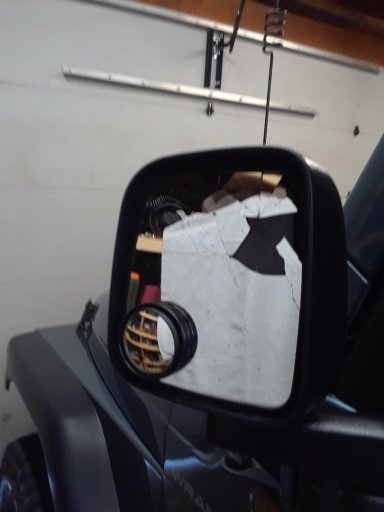
5. I like to get an early start driving in the morning (generally 0730 - maybe 30 minutes earlier or later depending) on my trips. I put out a specific time both on the Rally Point post and the night before when on the trail, so it isn't fuzzy as to when we're leaving in the morning. Folks tend to wake up with the sun when camping and are soon ready-to-go, and it is nice to start out driving when it is cool outside. I tell folks we will plan to stop for lunch around noon. And I try my best to stop around noon (might be literally stopped along the road in the shade in a wide spot on the road). And I keep lunch breaks short (30 minutes or so).
6. Here's the sticky part. I tell folks this up front (and I will repeat it often) both on the Rally Point and in the mornings, but sometimes folks still have a hard time with it (or they don't believe it is true or just don't like it). Here it is - real simple:
"I have no idea exactly where we will be stopping for camp at the end of the day". Ideally
for me for planning purposes we stop a little later in the afternoon (my ideal is around 1700 +/- a little bit) so we have plenty of time to set up camp, eat dinner, and sit around the campfire and relax.
However, I have no way of knowing how far we will get that day (we're not racing). It depends on how we're doing; how many stops (and for how long) we've done and why, etc. We all have maps and apps, and there are campsites on the maps & apps, and campsites that aren't on the maps and apps. There are lots of dispersed campsites and unmarked campsites in the PNW.
But they aren't always right there where you want them when you're ready to stop for the day. IT IS PART OF THE ADVENTURE!!!!!! If you were doing this trip solo, the same thing would be happening to you - campsites aren't always there when you're ready to shut it down for the day - there is the "unknown" factor. Sometimes you've started a long shelf-road up and over and around a mountain, and there's no level spot coming up for a while. So you'll be driving for a while longer than you wanted.
IT IS PART OF THE ADVENTURE!!!!!! Remind folks of that. Sometimes the campsite you were shooting for on the map and were looking forward to is full of campers already so we have to keep going. Rest assured and you might have to remind folks, if you're tired, I'm probably tired too. If you're hungry, I'm probably hungry too. If you're cranky, I probably am even more so. If you're ready to be done driving for the day, I probably am too. But if we're on a long shelf-road or there just isn't anything out there at the moment (and we're all looking for one), there's nothing I or we can do about it. So kick back, enjoy the scenery, and figure eventually we'll be finding a campsite. Don't whine about it. On this IDBDR trip we never were driving anywhere near into the dark. On other trips we have - there just wasn't anything available for a while - it wasn't the highlight of that particular trip, but it happens sometimes.
7. When I post the trip on OB, I also post how long I expect it to take (it is a ballpark figure - an educated guess and/or based on what I've read from other doing the same trip) so folks can kinda plan. And sometimes my educated guess is pretty close - other times not so much (Steve and I did the Spur way faster than I thought we would, and we were going pretty chill driving). But I try to "keep us on schedule" so folks who have taken time off from work can hopefully finish the trip and get back home on time as they allotted. When doing the IDBDR it breaks it down into eight segments; I'll probably add a day-or-two to that just because, but that's what I'm thinking, and working off-of as to how long it will take, so that's what I put in the Rally Point. Most folks have a time-limit they can be gone from home. Usually my Jeep TJ and trailer are not the fastest combo in the group, so as leader I'm usually keeping us not on the slow side, but definitely not the fastest vehicle racing the course. Going fast on these kinda trips causes things to break, so I err on the driving slow(er) side. I want us to be able to enjoy the ride, but also balance in how long the trip will take. I tend to lean more to driving slow(er) but longer hours driving - but that is me. And I try to put that out up front too how long I plan for us to drive every day (till later in the afternoon usually) both on the OB page and when we get ready to leave every morning. For some folks, this kind of trip is new to them, and they've never really done this kinda driving.
8. It is also difficult to decide on how many participants to allow. You also have to figure in the no-shows (or folks who backout at the last minute) when posting the number on the Rally Point. What is the magical number? Answer - It is different for different folks - you decide what works for you as the leader. For me, ideally it is up to eight max (including me in the eight). I'm willing to take a group on the larger side and deal with the added complexities. Some folks might think 4-6 is the magical number; some might think three is just right, or just two (you and someone else). My goal is to get folks out there on an overlanding trip who might not go otherwise (and for me to not be going solo in the middle of nowhere)
and to have fun. Lots of folks want to do a little overlanding trip, but they don't know where to start, where to go, and/or they don't want to go by themselves. So I'll organize a trip (I'm an organizer/planner by nature), lay it
all out there what they need to know, and then they can decide ("self-select") if this trip is for them or not. I make it easy for folks - show up with the right day & time with the right gear and attitude and let's go. I've had lots of folks sign-up for my trips because of this very reason.
9. And this last one might be a little bit difficult for some to swallow, but here goes.... While of course you want everyone to have a good time, play nice together, and not whine at you, this is your trip. You set it up, you organized it, you put out the requirements and expectations and procedures. Folks who signed up should know what to expect. And while someone along the way might have a better idea than you (so be smart and take good advice - don't be too rigid), you're ultimately in charge of your trip. You will never be able to please everyone every time on the trip. Don't let someone else decide how you're going to run your trip.
I'm not the expert here (but I have done this more than once), but let me know if you have any questions, or if I can help you in any way in planning a group trip.



